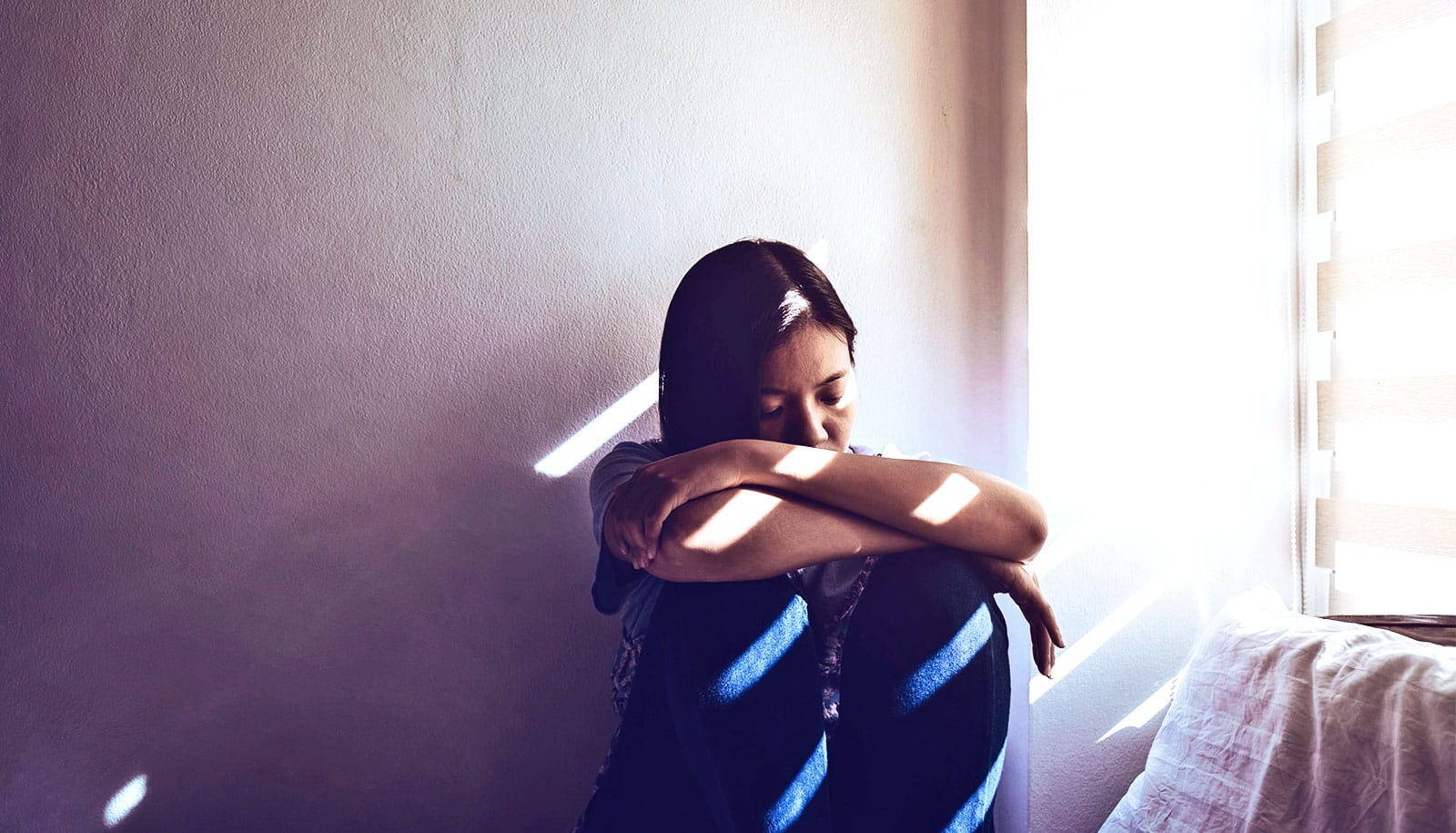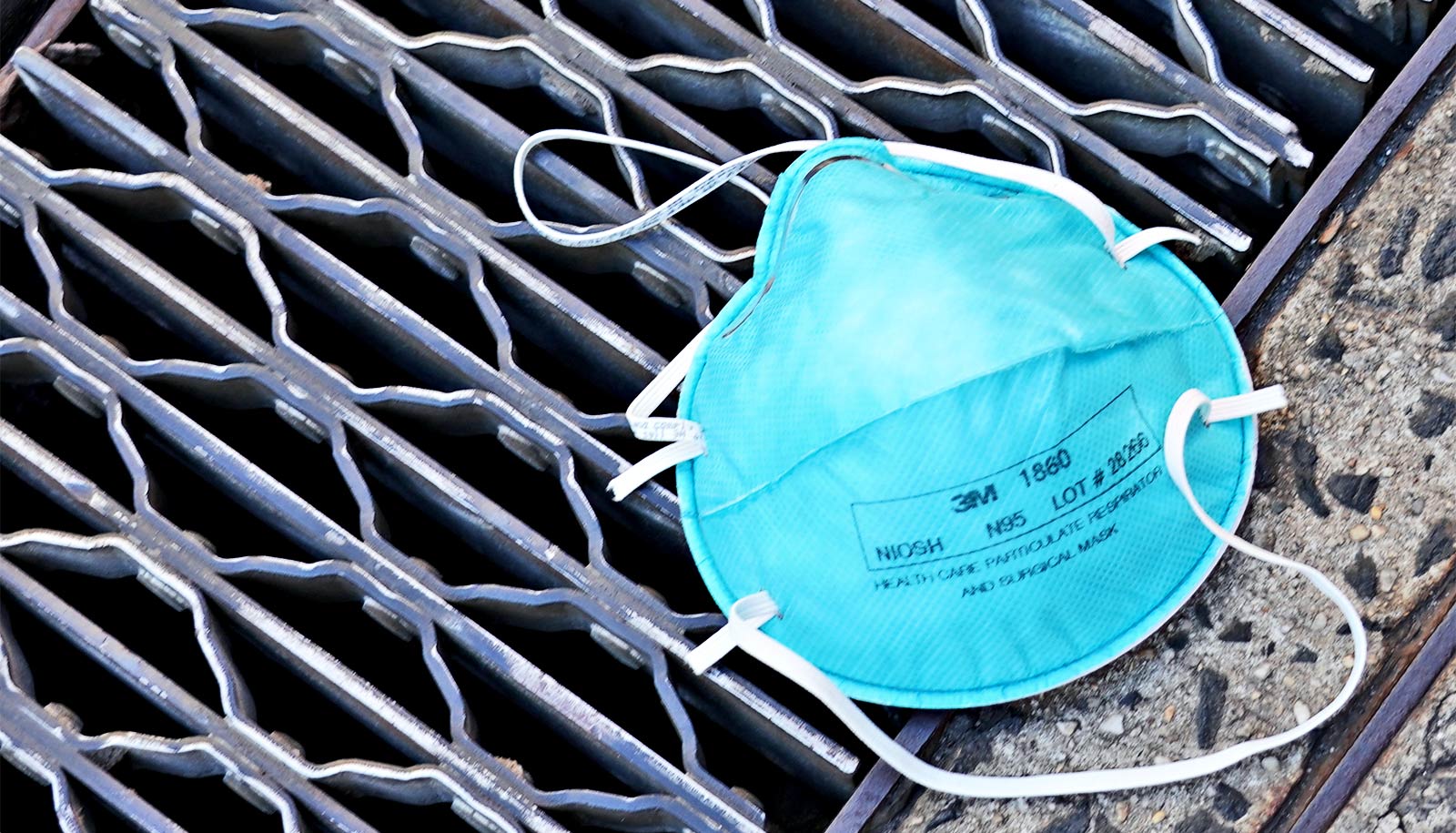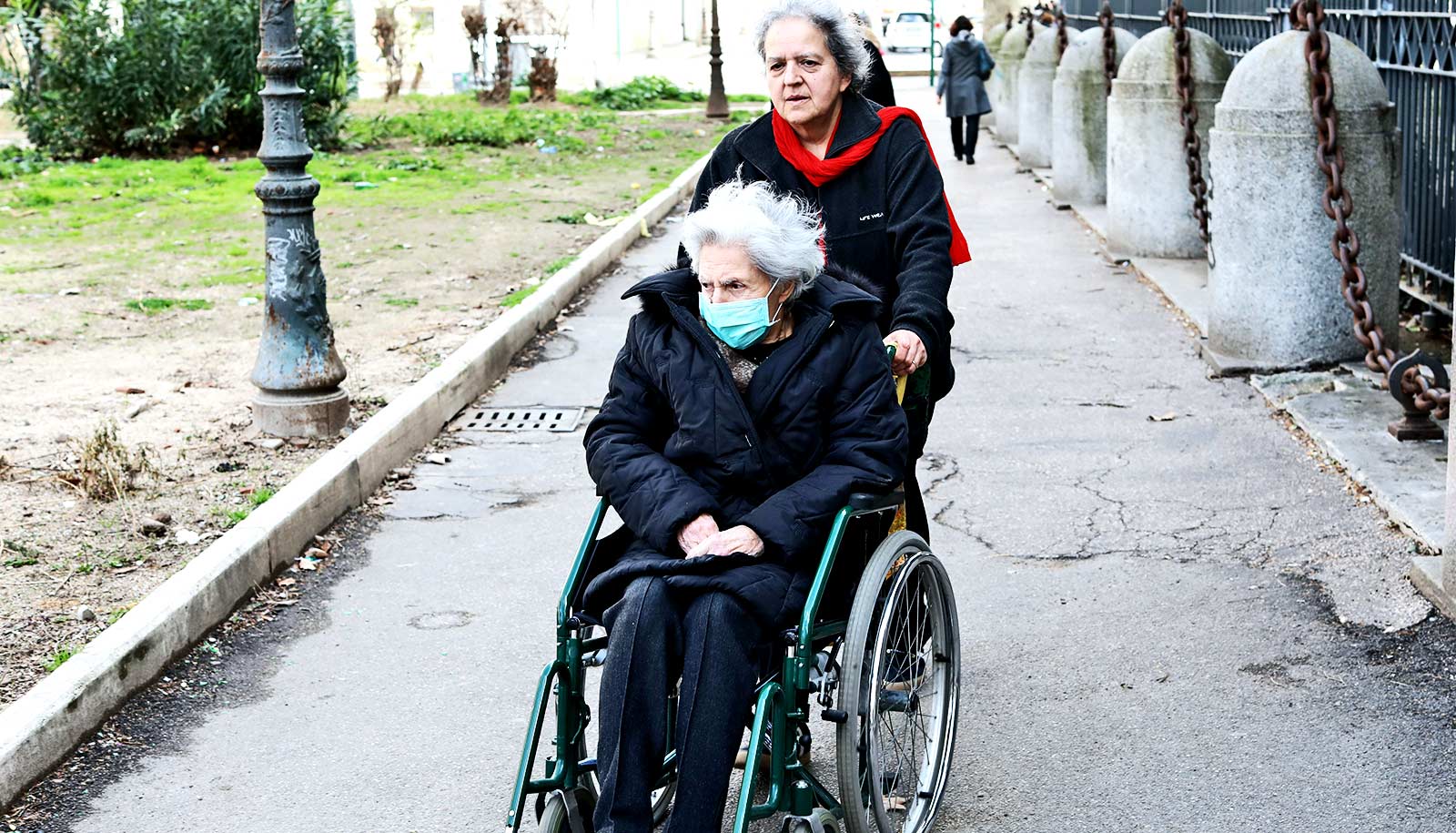The deaths resulting from COVID-19 may just be the first blow. The next will be coping with all the loss and grief, researchers warn.
Grief from the deaths of close relatives and a sudden loss of support could create serious health, mental health, and economic issues for grieving family members, they say.
In a new study, researchers report that victims of the virus will likely leave behind a large number of grieving children and grandchildren. While the eventual number of bereaved family members will depend on the final tally of casualties, the researchers say that for each casualty there will be many more people who will suffer grief, anxiety, and depression. That number, then, could be in the hundreds of thousands, or even millions.
The researchers estimate that there would be 2.2 children bereaved and 4.1 grandchildren bereaved for each person who dies. As an example, if, based on some current estimates, 200,000 Americans would succumb to the virus, about 820,000 grandchildren would be classified as bereaved.
The researchers add that these numbers are moderately sensitive to how wide the infection spreads in the population because eventually people would start losing more than one relative, which would make the multipliers go down.
“We were not intending to project a specific number of people dying from coronavirus, but offer more of a multiple to estimate that figure—given a number of people who died, what would that translate into some downstream effects,” says Ashton Verdery, assistant professor of sociology, demography, and social data analytics, at Penn State and an affiliate of the Population Research Institute and Institute for Computational and Data Sciences.
“But, for every death that’s projected, we have to remember that this death will not solely be experienced by the individual who is lost, but all the people who will feel it. In this case, it means all the people who will feel grief because they lost parents and grandparents, and other relatives, to the disease.”
The sudden loss of a loved one may make the struggle to deal with the death even harder for people, says Verdery.
“Grieving is a human experience and losing relatives is a painful process, but there is evidence that suggests that experiencing the sudden and rapid loss of a loved one is even more detrimental,” he adds.
An inability to properly memorialize victims could be another tragic outcome of the pandemic and one that might impact the level of grief for people, says Verdery. Because funerals decrease social distance and may increase the chance of disease spread, family members may not either get a chance to be by the loved one when he or she passes away, or to conduct a service after the family member dies. This could make the grieving process even harder for some families.
The researchers hope that raising awareness on the ramifications of this wave of grief could help give both individuals, as well as companies and organizations, a chance to prepare, says Verdery, who worked with Emily Smith-Greenaway, associate professor of sociology at the University of Southern California.
“One suggestion I would make is for employers to be ready to examine their bereavement leave policies,” says Verdery. “Employers should also be aware that there will be many workplaces where employees are going to be grieving the loss of a spouse or a close relative.”
Beyond health and mental health issues, the pandemic may have other, often hidden, consequences. Those consequences are the focus of current work, adds Verdery.
“One of the things we’re working on now is all of the caregiving and social support components that are missing when an older loved one dies,” he says.
People rely on family members for financial and social support, for example.
“Losing a grandmother that helps with childcare, for example, is really consequential for some families,” says Verdery. “There are many different financial and social types of exchanges that can seriously affect people, as well.”
To conduct the study, the researchers relied on past work that examined family structures in the United States. The researchers used data drawn from several sources to create demographic microsimulation of the kinship networks of white and black Americans. They then created estimated death rates from novel coronavirus based on current death rates by age in places that were hit earlier by the disease, such as Italy and China.
“We wanted to examine this at a broader population level in the face of unprecedented trauma the country is experiencing,” says Verdery. “We needed to know how the virus was operating and then look at how people are linked together through different family relations.”
In the future, the researchers plan to examine the possibility that certain socioeconomic classes and racial groups may be at particular risk for these post-COVID-19 impacts.
“Preliminary figures suggest there’s a real racial stratification of percentages of deaths, for example, the Black community may be particularly hard hit by the disease,” says Verdery. “This may suggest that there will be an undue burden especially on groups that rely on family members at a higher rate for things like childcare. In many of these groups, it’s families that help make ends meet.”
The findings appear in Applied Demography.
Source: Penn State



